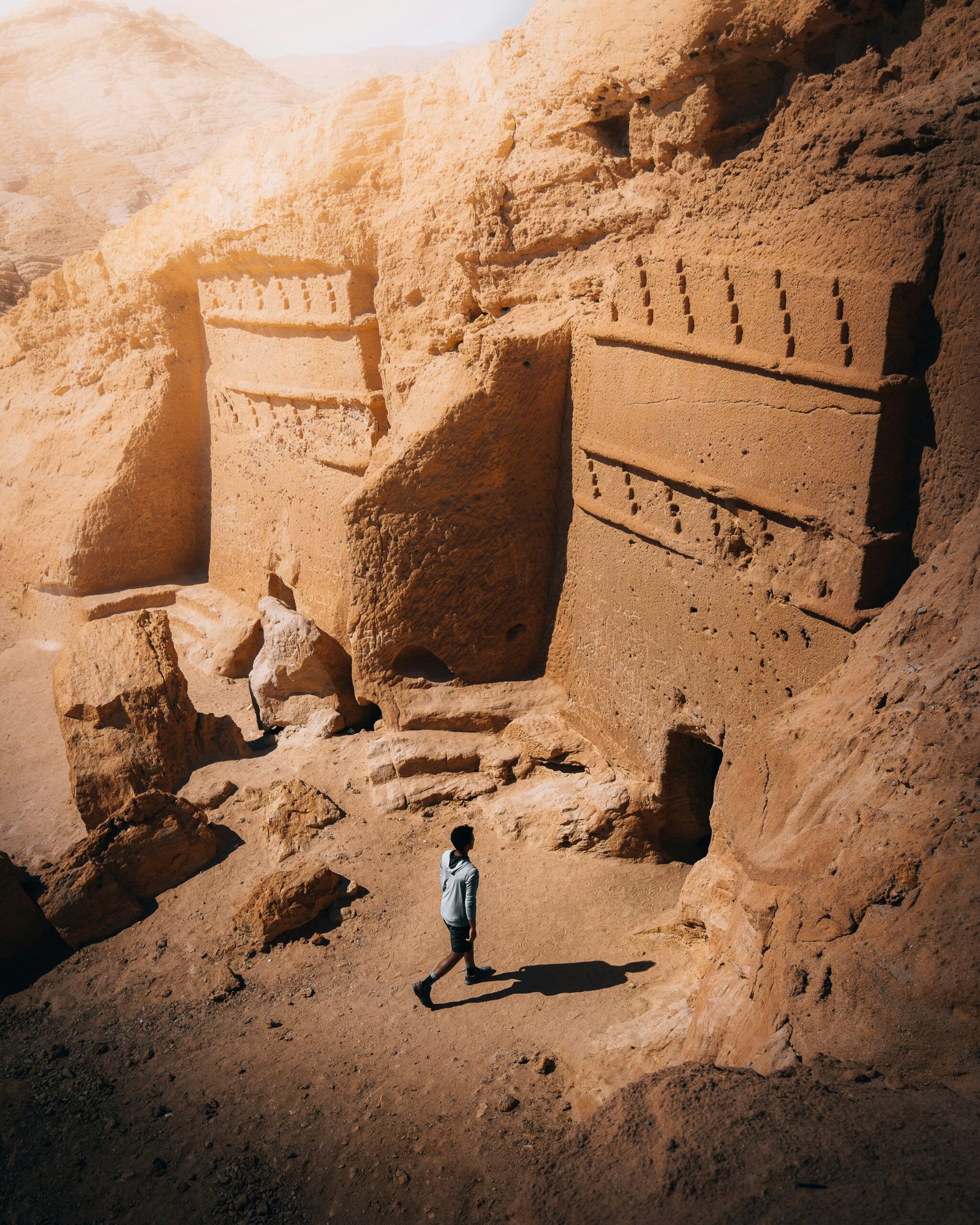

Archaeological Exploration in Mesopotamia
Archaeological exploration in Mesopotamia has been a captivating field of study for centuries. This region, located in modern-day Iraq, was home to several ancient civilizations, including the Sumerians, Akkadians, Babylonians, and Assyrians. The rich history and cultural heritage of Mesopotamia have been preserved in the form of archaeological sites and artifacts, providing valuable insights into the origins of human society.
The Ancient City of Ur
One of the most significant archaeological discoveries in Mesopotamia was the ancient city of Ur. Excavations at Ur, led by renowned archaeologist Sir Leonard Woolley in the 1920s and 1930s, revealed a treasure trove of artifacts and insights into the lives of the Sumerians. Woolley’s team unearthed royal tombs, intricate jewelry, and clay tablets with cuneiform inscriptions, shedding light on the political, economic, and religious aspects of Sumerian society.
The City of Babylon
Another remarkable site in Mesopotamia is the city of Babylon. Known for its iconic Ishtar Gate and Hanging Gardens, Babylon was a thriving metropolis in ancient times. Excavations at Babylon have revealed the grandeur of its architecture and the advanced engineering skills of its inhabitants. The ruins of the city have provided evidence of a sophisticated urban planning system, with intricate street grids and monumental structures.
The Ancient City of Nineveh
Archaeologists have also explored the ancient city of Nineveh, the capital of the mighty Assyrian Empire. The excavations at Nineveh have uncovered royal palaces, temples, and libraries, including the famous Library of Ashurbanipal. The clay tablets found in the library contained a wealth of knowledge, including literary works, historical records, and scientific texts, offering a glimpse into the intellectual achievements of the Assyrians.
Other Mesopotamian Sites
Furthermore, the archaeological sites of Uruk, Eridu, and Nippur have provided valuable insights into the religious beliefs and cultural practices of the ancient Mesopotamians. These sites were centers of worship and pilgrimage, with temples dedicated to various gods and goddesses. The artifacts discovered at these sites, such as statues, votive offerings, and religious texts, have deepened our understanding of the Mesopotamian pantheon and the rituals associated with it.
Continuing Exploration and the Importance of Mesopotamian Archaeology
Archaeological exploration in Mesopotamia continues to this day, with ongoing excavations and research projects uncovering new discoveries and expanding our knowledge of this ancient land. The study of Mesopotamian archaeology not only helps us understand the origins of human civilization but also provides valuable insights into the development of writing, law, mathematics, and other aspects of modern society. Join us on this journey through time as we explore the cradle of civilization and uncover the mysteries of Mesopotamia.
Preserving the Past in Mesopotamia
Preserving the past in Mesopotamia is an arduous task due to the numerous challenges it faces. The ongoing conflicts in Iraq and Syria have resulted in the destruction of archaeological sites, causing irreparable damage to our shared human heritage. The looting and illegal trade of antiquities have also posed significant threats to the preservation of Mesopotamian heritage.
Efforts to Preserve Mesopotamian Heritage
Despite these challenges, there is a glimmer of hope for the future. International organizations, such as UNESCO (United Nations Educational, Scientific and Cultural Organization), are working tirelessly to protect and preserve the cultural heritage of Mesopotamia. They collaborate with governments, local communities, and archaeologists to implement strategies that safeguard archaeological sites and prevent further destruction.
Raising Awareness and Stricter Laws
One of the key initiatives undertaken by UNESCO is raising awareness about the importance of preserving cultural heritage. Through educational programs, campaigns, and exhibitions, they aim to instill a sense of pride and responsibility in the local communities, empowering them to protect their own heritage. Stricter laws and regulations are being implemented to combat the illegal trade of antiquities.
Promoting Sustainable Tourism
Furthermore, sustainable tourism is being promoted as a means of preserving the past in Mesopotamia. By encouraging responsible tourism practices, visitors are educated about the significance of archaeological sites and the need to respect their integrity. This approach not only generates income for the local communities but also ensures that the sites are preserved for future generations to appreciate and learn from.